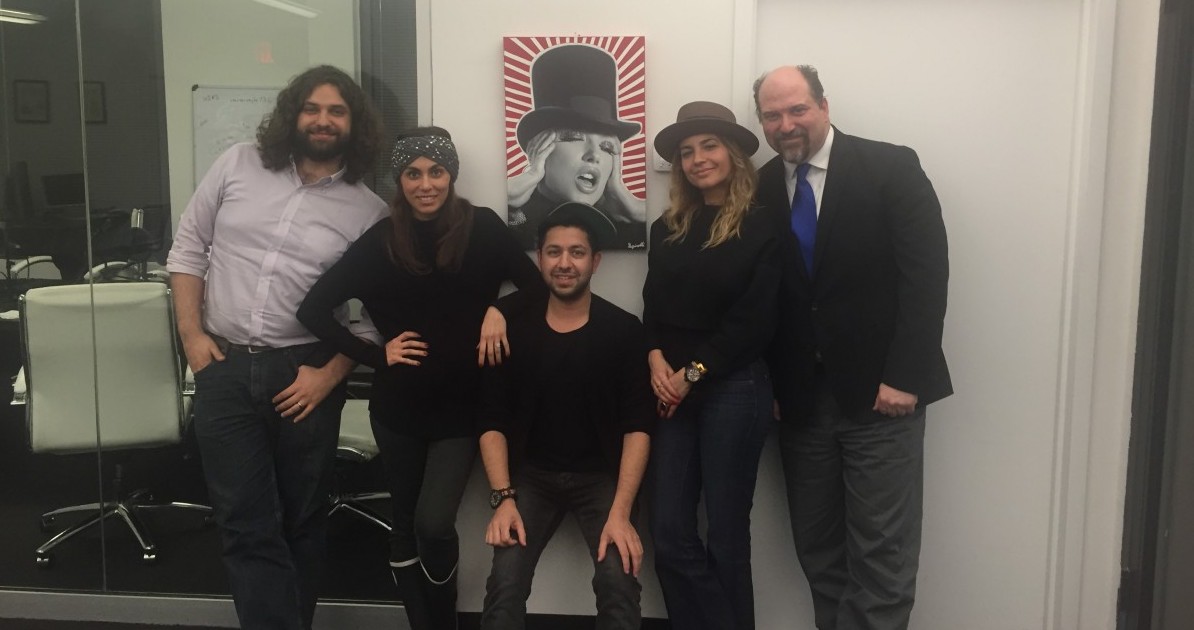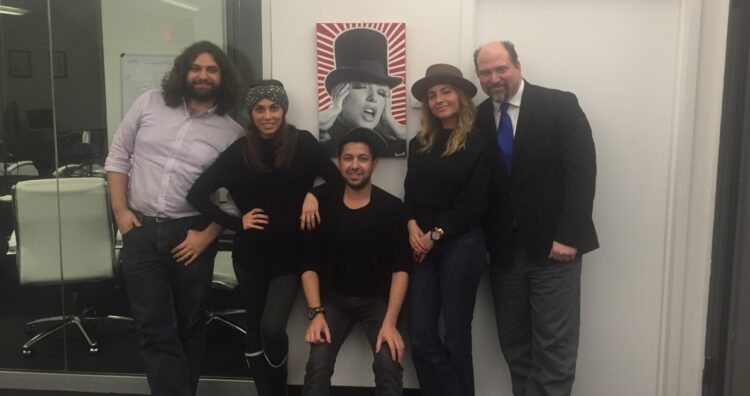
The use of fashion weeks and runways has been discussed a lot this New York Fashion Week. There’s a prevailing sense that these institutions and concepts are being followed increasingly less because they work, but out of tradition. What was once solely an ‘industry’ event has become more transparent and catered towards consumers. The ways, the times and locations of these showcases don’t always seem to work for either the designer or the consumer—especially in today’s age of immediacy. It is also an age where people want to experience the clothes rather than just look at them.
What can designers and brands do then? After listening to the Fashion Is Your Business Podcast with Melissa Gonzalez and Aliana Galán of The Lion’esque Group, one solution comes to mind: a pop-up.
When I first wrote a review of Melissa’s book on pop-ups, The Pop-Up Paradigm, pop-ups were gaining traction. Major brands would do pop-ups to promote a new idea or season, new brands would use them to help test markets and once online-only companies would descend from the digital cloud and provide their customers with a tangible experience. Obviously, The Lion’esque Group are innovators in the space—have you heard of any other company that is doing the same thing? Melissa and her team are also logistical wizards who have pulled off a number of successful campaigns. (Clients include J. Hilburn, Ministry of Supply and, most notably, Marc Jacobs.) They know the best reasons to have a pop-up and the best ways to do it.
But, in the book, Melissa also looks forward into the future. In some cases, she looks at advances in retail technology and how they can be incorporated to enhance customer experiences. She also stresses the importance of experiences and access, which I demonstrate below:
Beyond a fun party with the possibility of special guests, pop-ups allow customers to learn about a brand and feel like they are “in the know.” For emerging designers or brands with only a cult following, customers are able feel like they have access to brand before it gets (even more) popular.
This focus on the consumer and their experience seems especially pertinent now.
To dispense a little history, runways have been about experiences since the 1920’s, as Amanda Fortini talks about in Slate:
These early shows were often more theatrical than those today. They were frequently organized around themes—there were Parisian, Persian, Chinese, Russian, and Mexican shows, Leach notes—and they were often presented with narrative commentary.
Designers continue to think about the experience that comes with watching their clothes parade down the runway. They experiment with the concept; whether it be by including music, changing the shape of the runway, incorporating new technology, eschewing the walk for an installation or by playing with the location, or at least the context, that their designs appear in.
However, these experiences have been crafted primarily for buyers and editors in the audience. In the past, consumers could only get a look afterwards from photos in print magazines and online or through a video recording. (Thankfully, these fashions shows are usually live-streamed today.) In a time where brands are often selling directly to the consumer and selling to them quickly, waiting for clothes to trickle down from fashion shows seems a bit antiquated.
Moving away from the traditional runway, when viewed that way, makes financial and logical sense. Instead of waiting to see how people actually respond to clothes months or a year later, why not debut clothes and designs directly to consumers? Doing so in a pop-up creates a space where designers can get immediate social media feedback and at a lower cost than a traditional runway show.
But, we can go even further with contemporary advances in technology. The idea of a “shoppable runway” or installation is not really science fiction anymore, it is now something that just needs the logistics figured out. One can imagine a potential shopper scanning an item, pre-ordering it and then tweeting about it or posting a picture of their purchase on Instragram. Not only does a brand or designer have immediate attention directed on their new line, but an immediate ROI and data from a controlled environment.
(Of course even as imagine this runway revolution, I’m not suggesting that buyers and editors are going top be out of jobs. There will also be a need and a want for curation, especially in time where the choices seem to be growing exponentially and there is no one mainstream market but actually many that overlap.)
Whatever direction the runway goes in, the increasing focus on consumers will be key. How designers and companies interpret that focus and what will end up being successful remains to be seen. In the mean time, if you want to provide your customers with an experience, you know exactly who to call: The Lion’esque Group.



